I love a good massage. Who doesn’t? A great massage allows for a chance to unwind, reset, and heal. As a practicing massage therapist for the past 14 years, I’ve been working to give my patients what their body and mind craves during each and every bodywork session. And I have to admit, it’s been hard work, both physically and emotionally.
So I was intrigued when one of my Ayurvedic teachers shared with me that, “Many massage practitioners tire themselves out instead of letting the oil do the work.” At first I was confused. Let the oil do the work? What does this mean? Aren’t I the one doing the work? How would the oil know what to do?
Well, my recent study of Ayurvedic bodywork has brought me some answers.
Ayurvedic bodywork is different from a “normal” massage. And a lot of that has to do with the oils being used.
Everybody has a constitution that is uniquely their own, along with constantly shifting daily patterns that sway from balanced to imbalanced. Taking this into account, at the beginning of every Ayurvedic bodywork session I choose an oil that is appropriate for you in this moment to bring about balance.
The chosen oils are heated to a comfortable temperature and applied to the body. The heat along with the help of specific massage techniques and marma/acupressure points facilitates the penetration of the oil through the skin, deep into your tissues, with the final destination being every individual cell in your body. So the focus of Ayurvedic bodywork, beyond relaxation and pain relief, is to touch the deepest aspects of ourselves and promote cellular renewal.
You know those people that glow with good health? In Ayurveda it’s said that glow comes from abundant ojas. Ojas has many functions in our body, one being longevity and deeply rooted health. And ojas is sustained, in large part, by using the proper balance of oils and healthy fats in our diet and on our skin.
Ojas is like a savings account; it’s best to replenish it whenever you make a withdrawal.
You lose ojas through:
Stress
Illness
Sexual activity
Lack of sleep
Generally pushing your body beyond its limits
If you avoid using fats and oil in cooking or applying oil to your skin, your ojas savings account will drop to a negative balance. This may cause you to become brittle and dry in the body as well as experience anxiety, critical thoughts, or obsessive thinking. Using oil on your body for therapeutic purposes builds your vitality, calms your mind and helps you live a more balanced life.
Interested in trying some new therapies to increase your own ojas? I am now offering two different Ayurvedic bodywork treatments at Constellation Acupuncture and Healing Arts.
Each of these treatments works to:
Build ojas
Strengthen the immune system to prevent illness
Nourish the cells, tissues and energetic channels
Impart softness, strength and smoothness to the body
Decrease the effects of aging
Bestow good vision
Increase longevity
Benefit sleep patterns
Make skin glow
Strengthen the body’s tolerance to stress
Stimulate the internal organs of the body, thereby increasing circulation
I hope this has piqued your interest in Ayurvedic bodywork and look forward to supporting you in your health goals at the clinic. You can learn more about each appointment and book an Ayurvedic bodywork appointment on our book-now page.
*The information provided on this site is intended for your general knowledge only and is not a substitute for professional medical advice or treatment for specific medical conditions. You should not use this information to diagnose or treat a health problem or disease without consulting with a qualified healthcare provider. Please consult your healthcare provider with any questions or concerns you may have regarding your condition.







